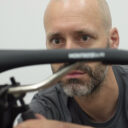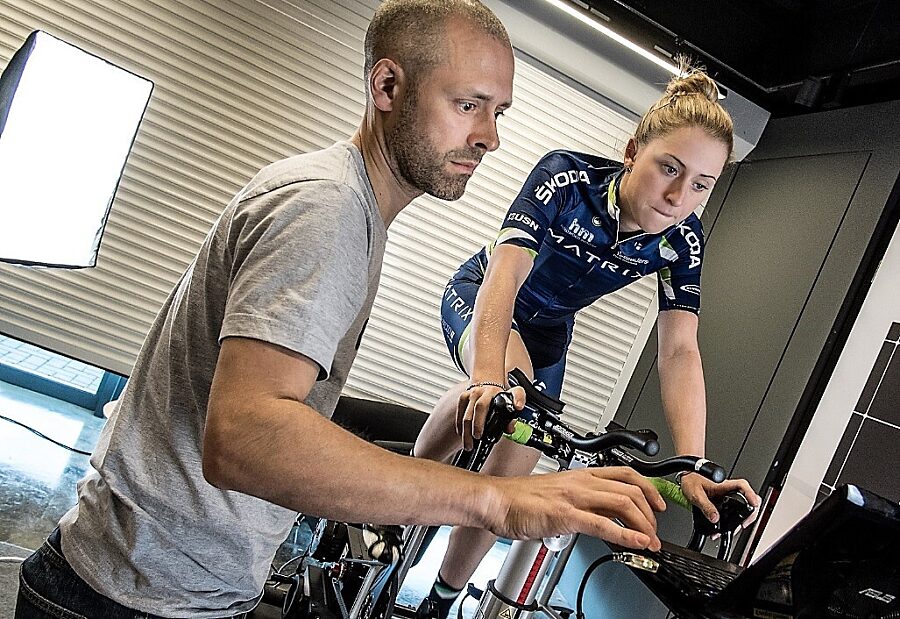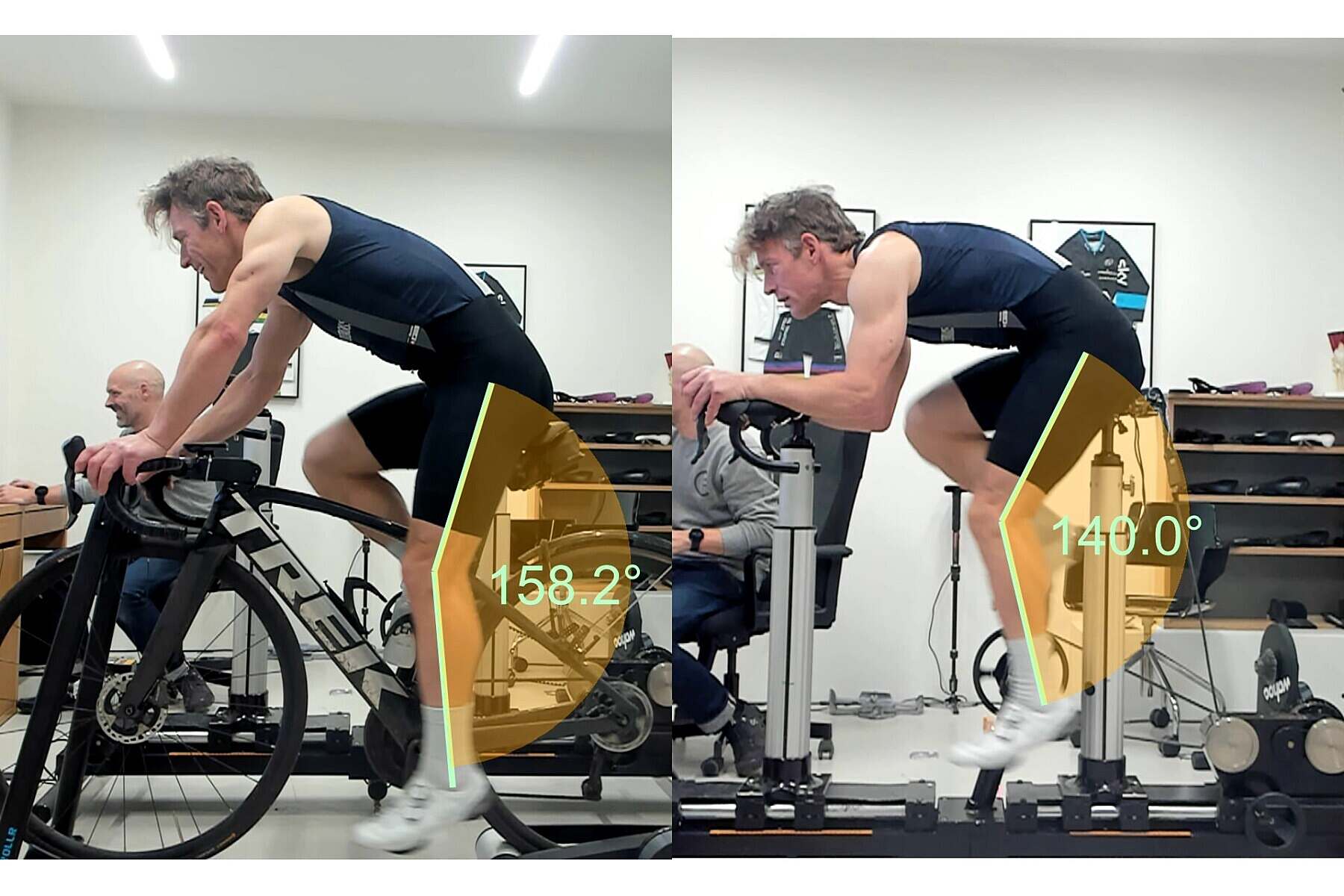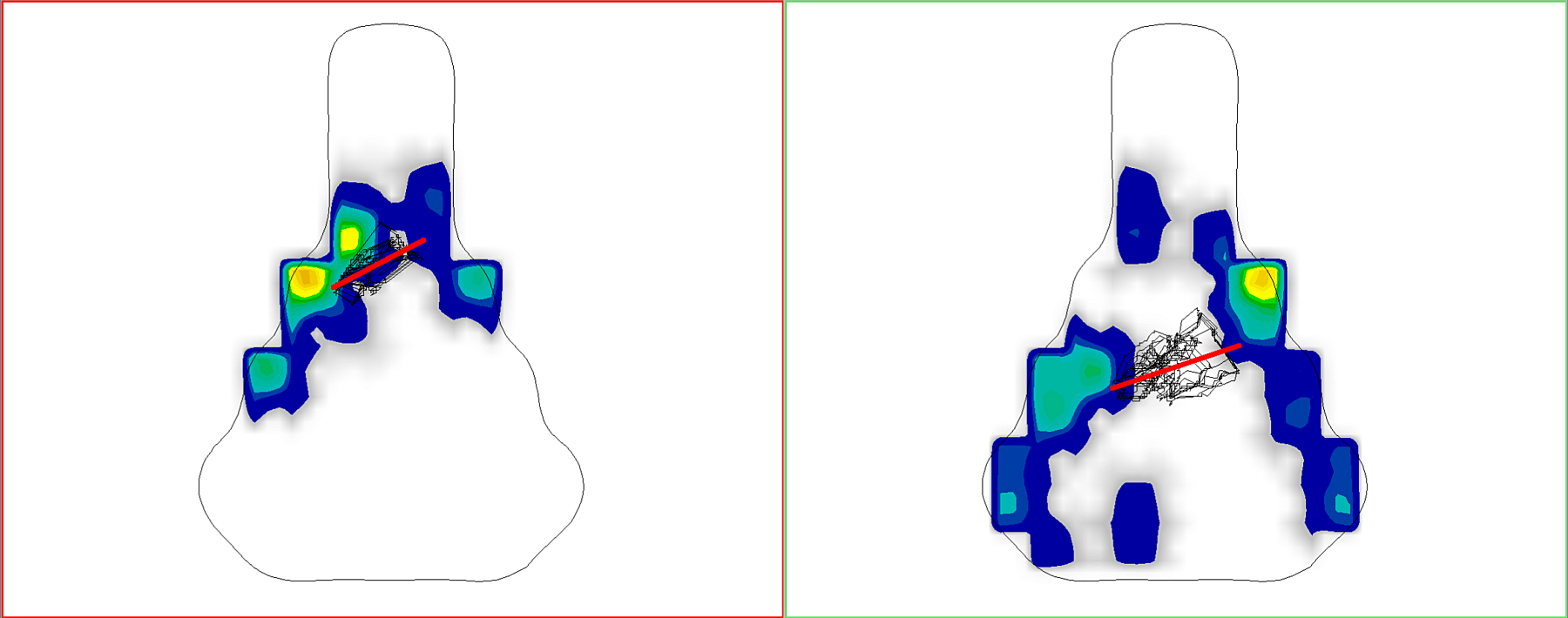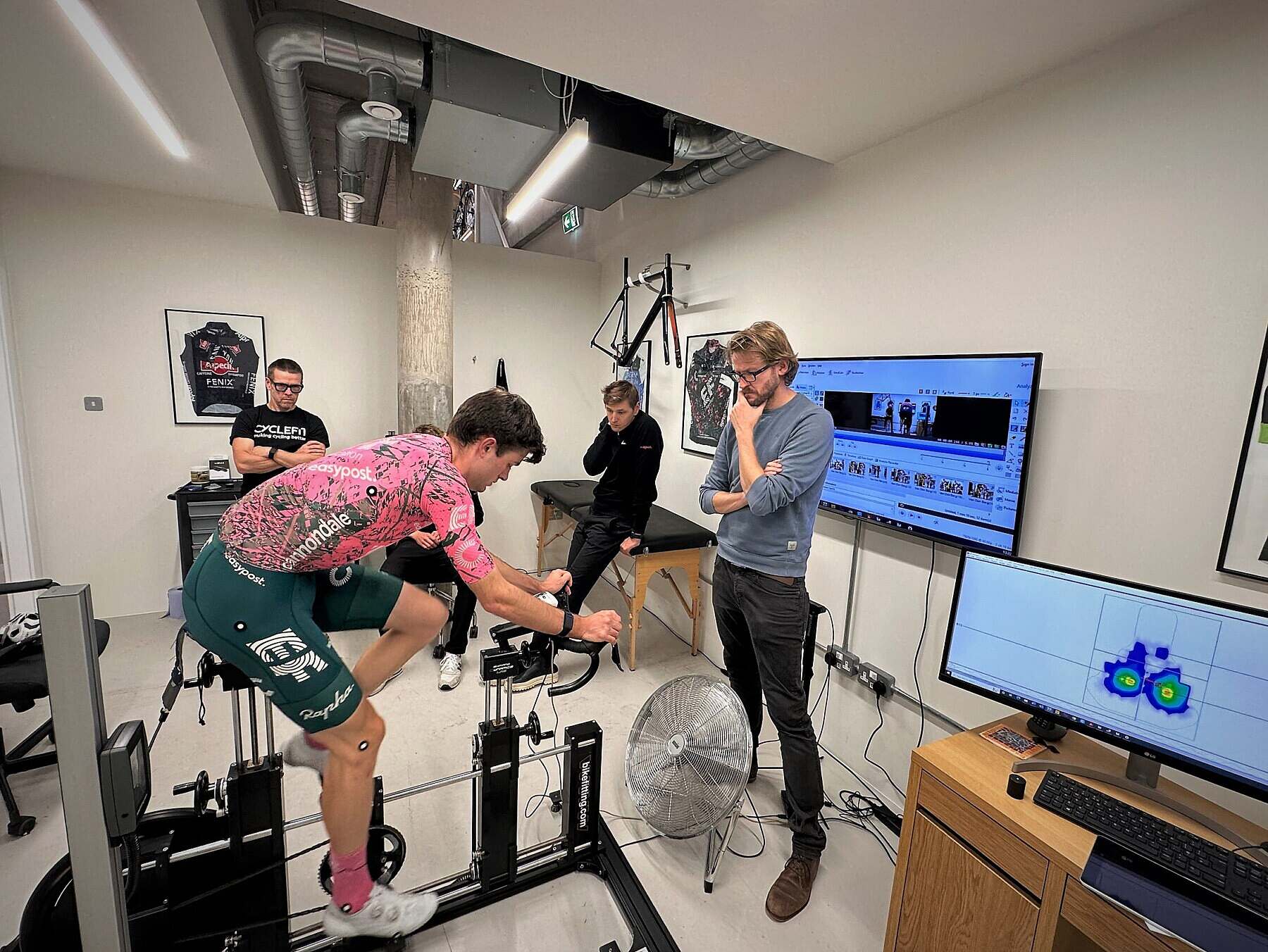Do I Need a Bike-Fitter?
Off season ruminations
Winter cycling can sometimes feel like a necessary evil. Whether it's indoors on the turbo or the daily commute, there's a sense that you'd rather be doing "proper" riding. Daydreaming about events later in the season is what gets us through. What we do on the bike now, directly affects how likely we are to reach our season's goals. Putting the miles in.
Sometimes, it's more of the same. It could be road racing, sportives, audax, triathlon, bike-packing or more commuting. Sometimes our daydreams are of a new discipline, a new distance or a new bike. Whatever is planned, bike fit is easy to overlook.
New challenges.
If you are planning something different this year, it would make sense to review your set up.
For example - I am currently working with a very successful 1st Cat. rider who would seem not to need any help. He scores points and/or wins in most races he turns up to. Mostly criteriums (punchy short-course races) but also longer races, notably gravel (winning the first gravel race he ever entered last year).
Next season, he plans to do more road racing. This is a significant increase in distance and duration. The effort required to win a criterium is relatively short and sharp. Fatigue and discomfort will accumulate but probably not to the point where performance is significantly blunted. Road racing over more than twice the distance and potentially on consecutive days moves the goalposts.
Finding Improvement
When we analysed his position, we realised that he was over extended at the bottom of the pedal stroke and was migrating towards the nose of the saddle to compensate (lowering the effective saddle height). This meant that he was not able to use the saddle to adequately stabilise his pelvis. His granite-like triceps were taking up the slack. He had to grip the bars with elbows out to keep everything still. This is not only metabolically more costly but also sub-optimal aerodynamically. The fix? We dropped the saddle so that over-extension was no longer destabilising the pelvis. This reduces the saddle to bar drop and frees up the upper body to adopt a more aero position.
The payback will be a more sustainable and more aero position more suited to 100km+ races.
"it is sometimes more secondary issues which when assessed and addressed can have the most profound impact on the rider's experience on the bike"
"Not his first rodeo"
The rider in question sought our help. This is a testament to his self-awareness which is in turn probably due to his vast experience. He is performing at a very high level in his early 50s and against people 30 years his junior.
By his own admission, he is not the most powerful rider in the bunch so he relies on "racecraft". Asking a bike fitter to help with his set up is an extension of this. Part of knowing how to prepare for a new challenge is knowing who to ask for help.
The same principal applies for any rider. It could be someone returning to cycling following time off following injury. It could be that retirement or children leaving home has suddenly freed up time to train more. It might be that someone has bet against you being able to complete an Ironman! The common factor is the intention do to something different on your bike.
Asking the right questions.
There are myriad other issues which could be improved or alleviated by bike fit. It could be knee, lower back or saddle related pain. It could also be something the rider thinks is unfixable or not important enough to warrant investigation.
Another quick case study if I may.
A few days ago, I had a client who had booked in to check her set up having just bought a new frame. The fitting was to check her existing set up and make recommendations on stem length, bar width and spacer stack for the new bike. Through the course of the pre fit interview, we identified an issue with saddle soreness, as well at persistent right hand numbness. The rider in question had pretty much accepted the hand numbness as part of cycling. She had already tried a huge range of saddles and had almost resigned herself to having to manage saddle sores with time off the bike.
During the physical evaluation we discovered a significant restriction in hip flexion range on the right. This, in conjunction with lack of skeletal support from the saddle was the cause of numbness in the right hand. Saddle pressure mapping helped show that a narrower saddle improved bony contact and pelvic stability.
A shorter crank (down to 160mm from 170mm) helped keep the right hip away from the restricted part of its range an stopped the right hand being involved as much in keeping everything still.
A referral to a physio to further investigate the hip issue is the next step here.
Secondary Issues
So it is sometimes more secondary issues which when assessed and addressed can have the most profound impact on the rider's experience on the bike. These can be things that the rider has "absorbed" and almost disregarded.
There's always something (Bike-Fitters Law)
Some of the most productive sessions are with people who are not really sure why they have booked in! Coming to see a bike fitter can be something to cross off the list before the start of the season, when you get a new bike or even new shoes. The pre-fit interview and physical evaluation always give us something to work on. Motion capture and saddle pressure mapping can also identify issues and/or areas where technique and posture can be improved.
MDT - Multi Disciplinary Team
And we are a big team - we comprise four bike-fitters, a Physio, Osteopath, Performance Physiologist and Podiatrist! Not every client sees every specialist - but it is undoubtedly best practice to be able to put the right resources behind issues that may have been problematic for a long time. In fact, bringing the right MDT behind a client, for an intense amount of time, is the only way to progress an issue from chronic through to recovery.
I don't that anyone in the UK can do this other than Cyclefit.
Our process is detailed, rigorous and (most importantly) malleable. It is quite often the case that the rider has pretty low expectations of how comfortable it is possible to be. We work to change these expectations in order to make cycling better for all of our clients.
